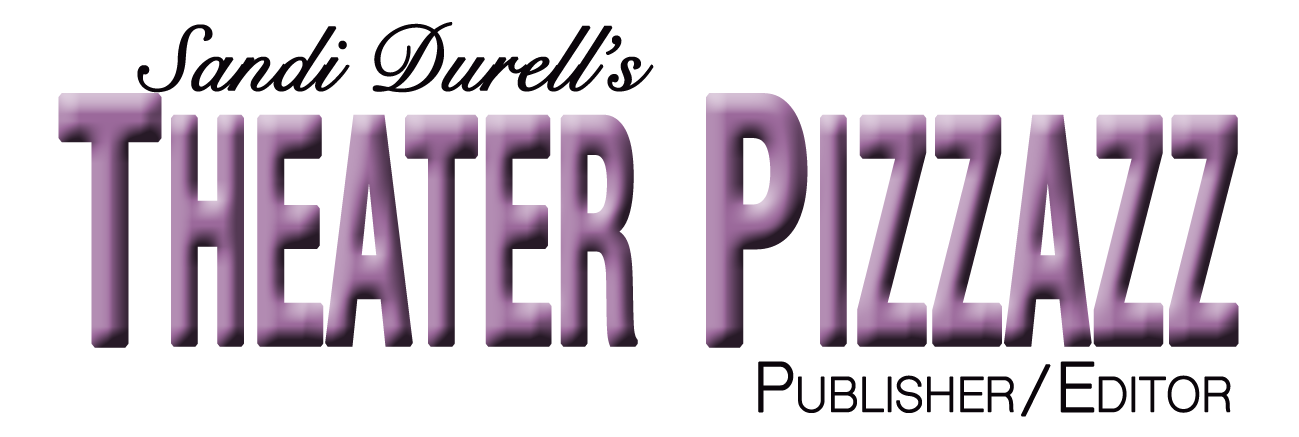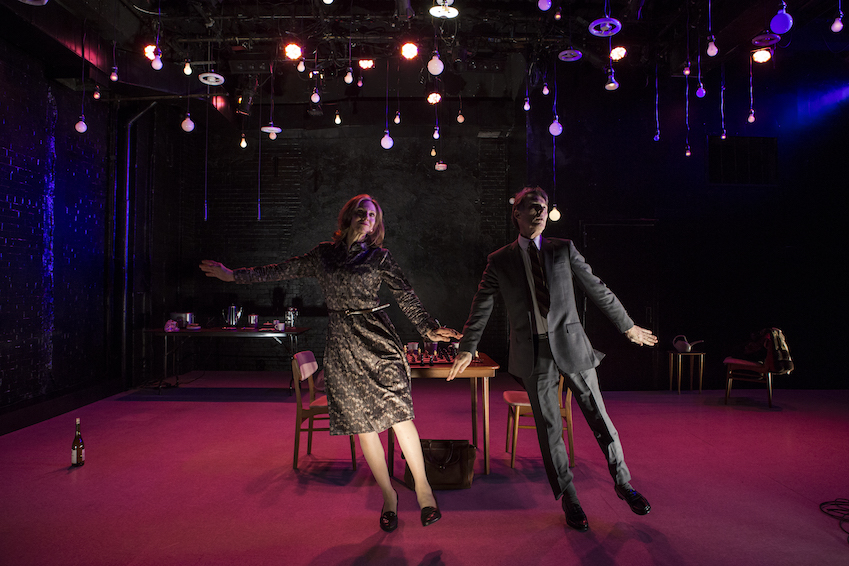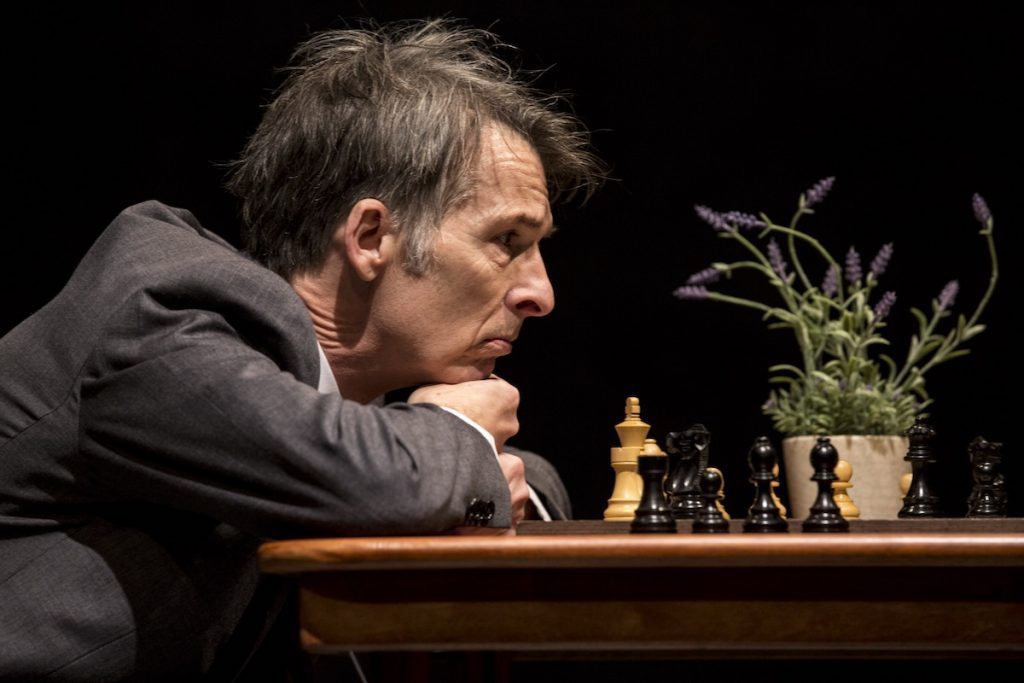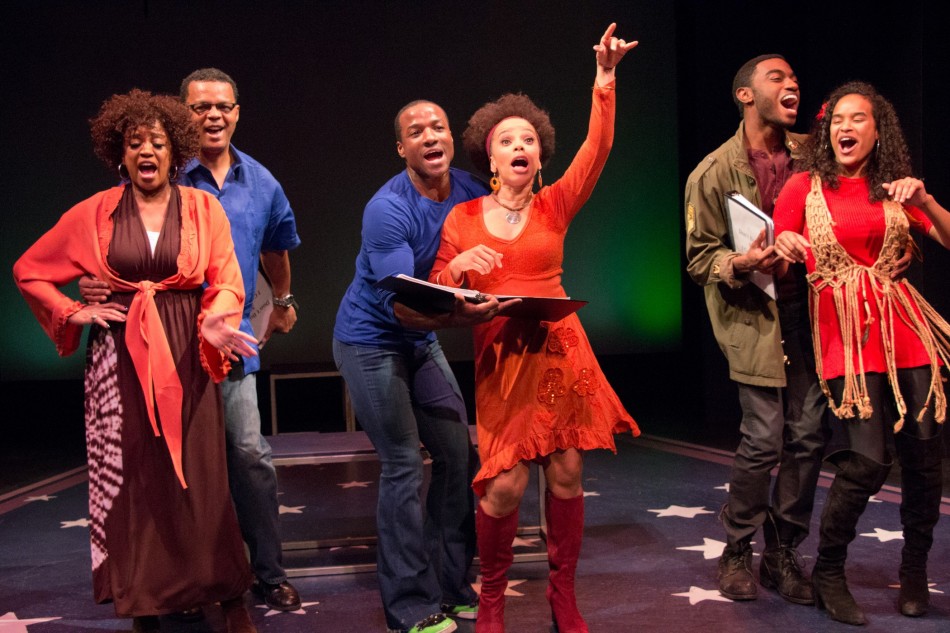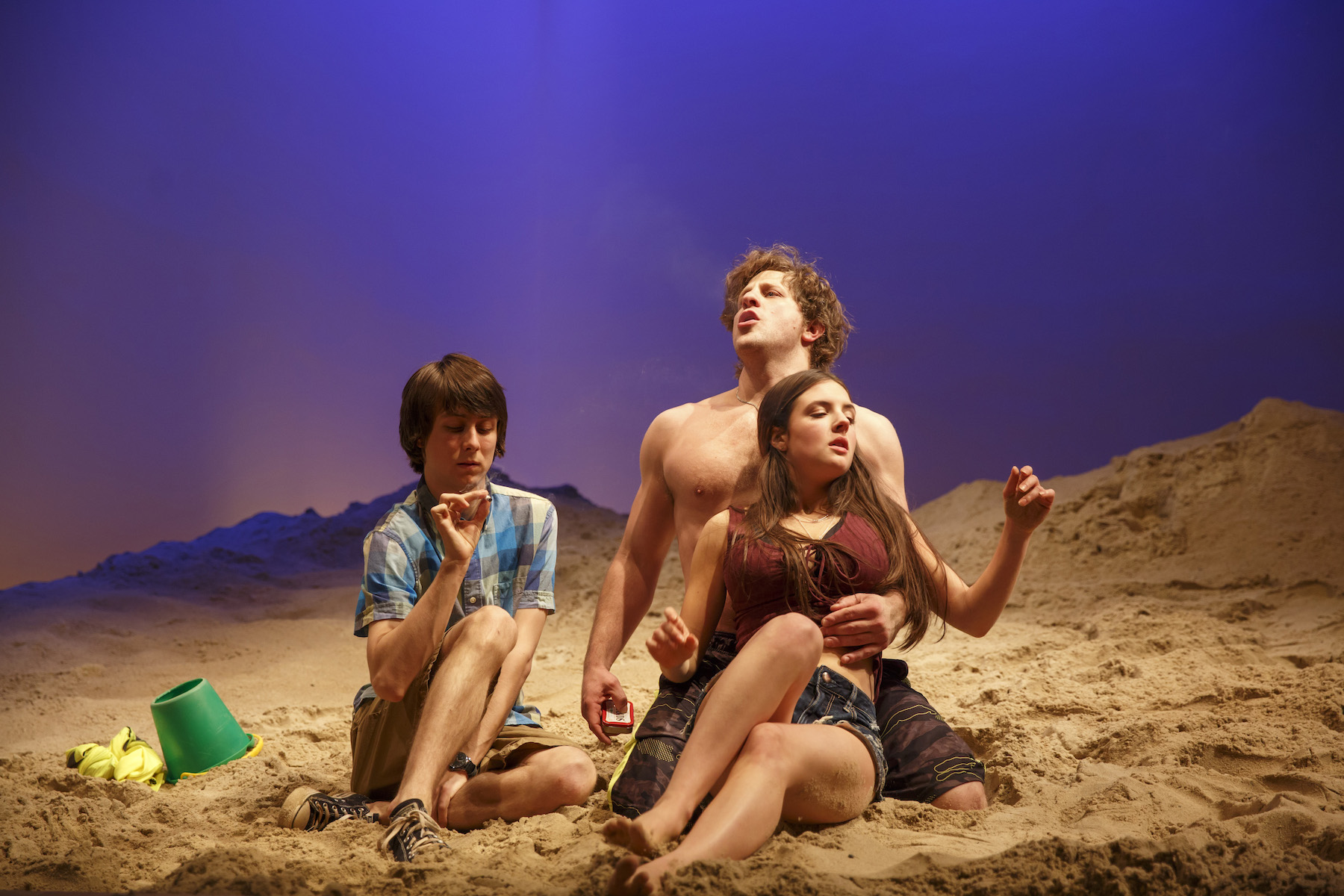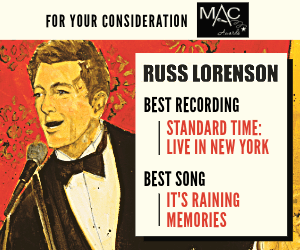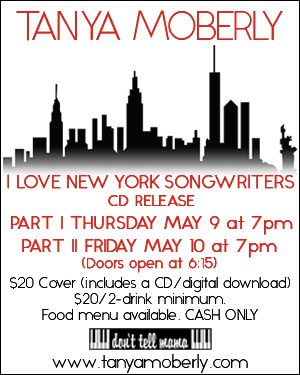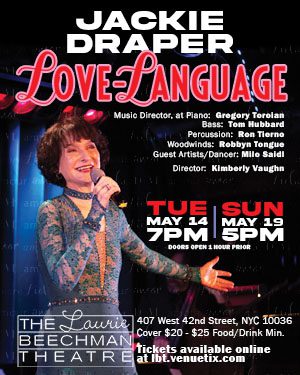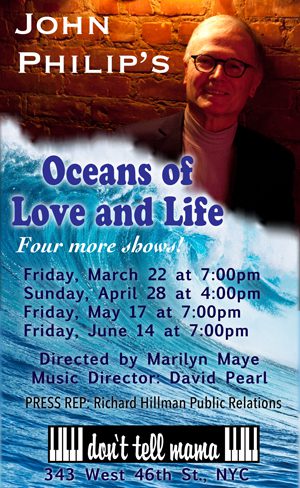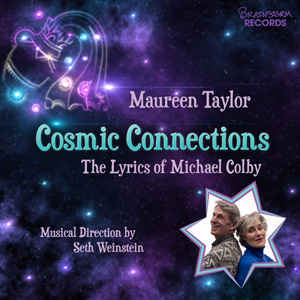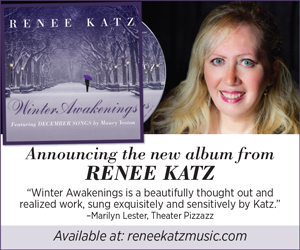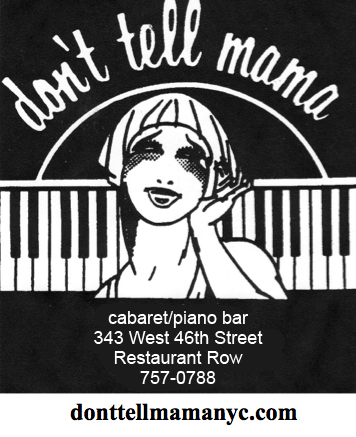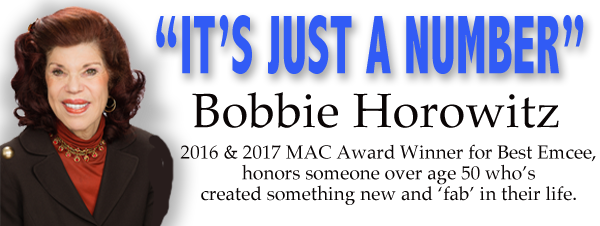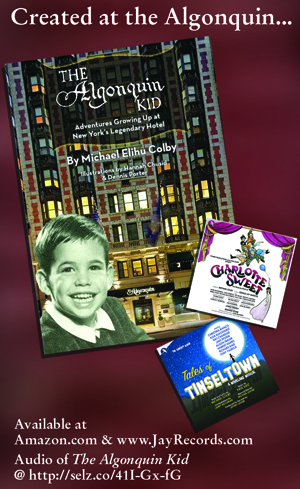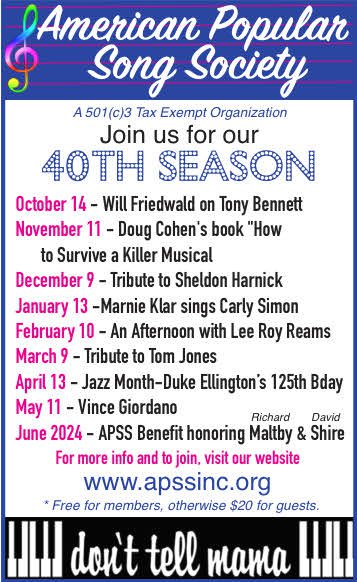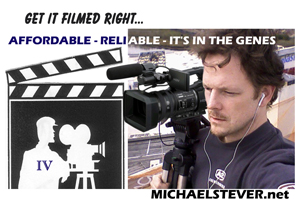by Martha Wade Steketee
The experiential onslaught of Chess Match No. 5 begins as you enter the steeply pitched seating of the June Havoc Theatre. Suspended iridescent strings of bare bulbs – a not infrequent element of set designs over the past few years – are illuminated before the show begins at high intensity. Audience members to a person squint, shield their eyes, settle in, prepare for something new. We have moved from the everyday into something else.
We ease, senses alert, into the surprisingly gentle waves of the play’s structure, assembled by Jocelyn Clarke from the words of John Cage, directed and conceived by Anne Bogart. Sound design by Darron L. West is key (horns, bells, a party outside the door, a phone ringing on the wall left unanswered) and lighting design by Brian H. Scott runs from intensely over bright to star fields against a dimmed background, an intentional assault to a gentle dream.
In most social interactions, we’re self-involved, we engaged with others when in close proximity, we sometimes enjoy syncopated dance steps or gamesmanship, and we resolve our interactions with a leave-taking. Chess Match No. 5 has no traditional plot or characters but gives us these events. He (Will Bond) and She (Ellen Lauren) sometimes speak directly to us, sometimes to each other, sometimes to no one at all. He enters first, proclaiming beliefs and reflections on time and space and musical structure. Soon She follows in a bit of a flurry, removes coat, and plops down an overstuffed briefcase from which she pulls chess pieces in bags which She and He use to set up and play a series of chess games. And they depart together.
The conversation addresses tonal jokes and artists and social figures are dropped in like delicious annotations — Isamu Noguchi, Erik Satie, Marcel Duchamp. While backgrounds of various interdisciplinary areas will provide entertainment, depth of field for individual audience members isn’t necessary to enjoy this delightful romp.
This intellectual two-character exercise comes, press materials tell us, entirely from the philosophical, artistic, and political writing and verbal ruminations of composer and theorist John Cage (1912-1992). The words offer a verbal overlay to actions: tea is served, a phone is answered that is mounted on an upstage wall. He and She dance, ponder sounds just on the other side of an upstage door, and above all they play chess games that root the verbal play and dance moments at a table center stage with two simple chairs on either side. He and She twirl the game board between games, thwap the speed game clocks at the side after they move their pieces, no move appears to take more than a few seconds – ponder, move, ponder move, “check” and “check mate.”
Anne Bogart has written that the chess game at the center of the play was inspired by private chess games between John Cage, Marcel Duchamp, and Duchamp’s wife, that inspired a 1968 public performance that centered on a chess tournament. The spine of the action still works using all hands involved, from Jacelyn Clarke’s dramaturgy to West’s sound design, to craft a new version of that original chess-centered theatrical universe.
Choreographer Barney O’Hanlon designed movement with a sense of play and gentle ease, evoking at one point the graceful late night “Dancing in the Dark” sequence between Fred Astaire and Cyd Charisse from the 1953 M-G-M musical The Band Wagon. Scene and costume design by James Schuette is appropriately spare, save for the essential mounted dial telephone upstage that serves as an insistent third character at one point of the show, experienced almost as an unattended crying infant.
The character He delivers a delectable fragment of Cage reflections I wrote down and later confirmed. “I don’t want a sound to pretend that it’s a bucket or that it’s president or that it’s in love with another sound. I just want it to be a sound.” The spare but resonant framework of Chess Match No. 5 allows us to enjoy the light show, ponder John Cage reflections on life and art and philosophy, and consider images as images and sounds as sounds.
Chess Match No. 5. Through April 2, 2017 at the Abingdon Theater Company June Havoc Theatre (312 West 36th Street). Running time 90minutes with no intermission. http://abingdontheatre.org/chess-match/
Photos: Maria Baranova
